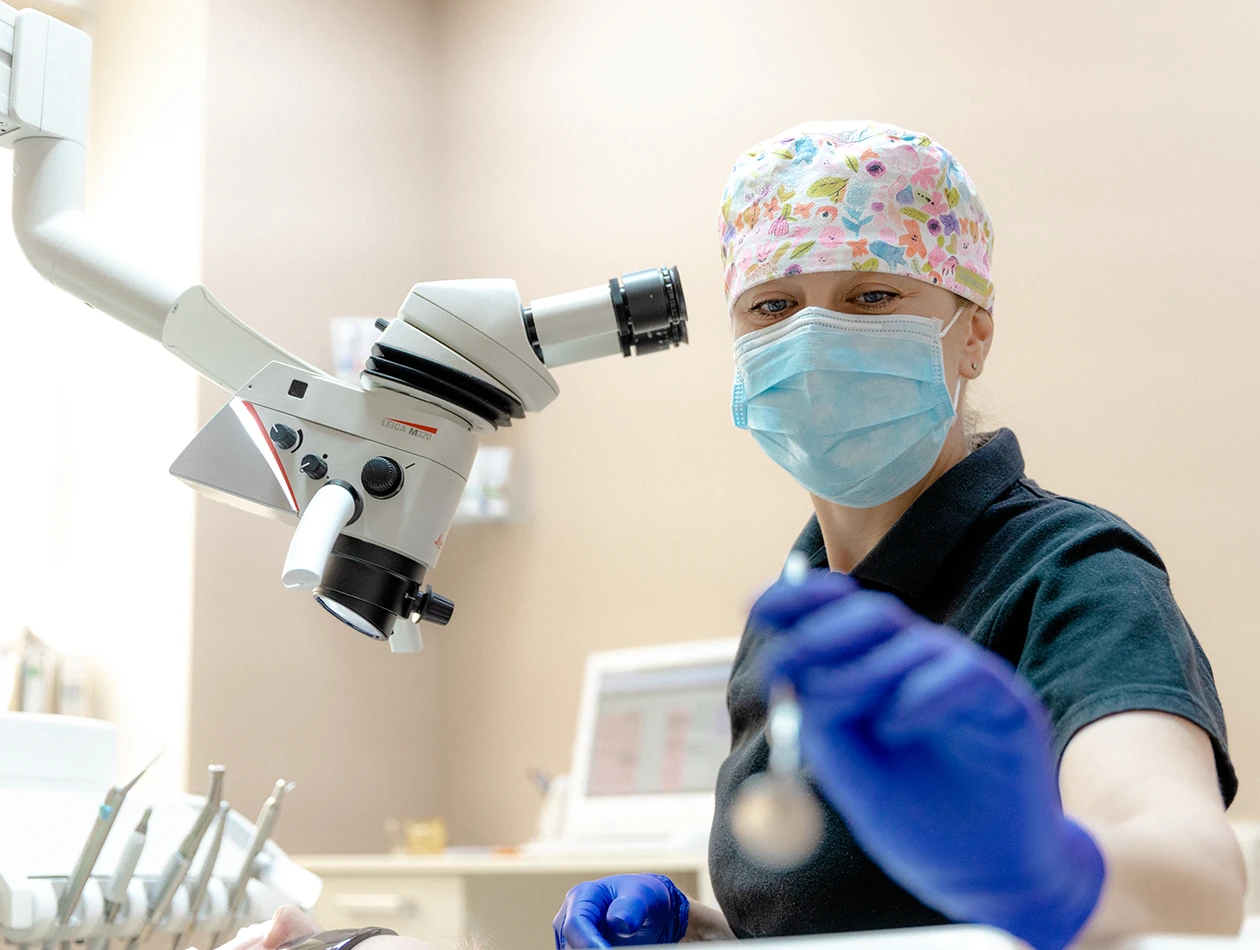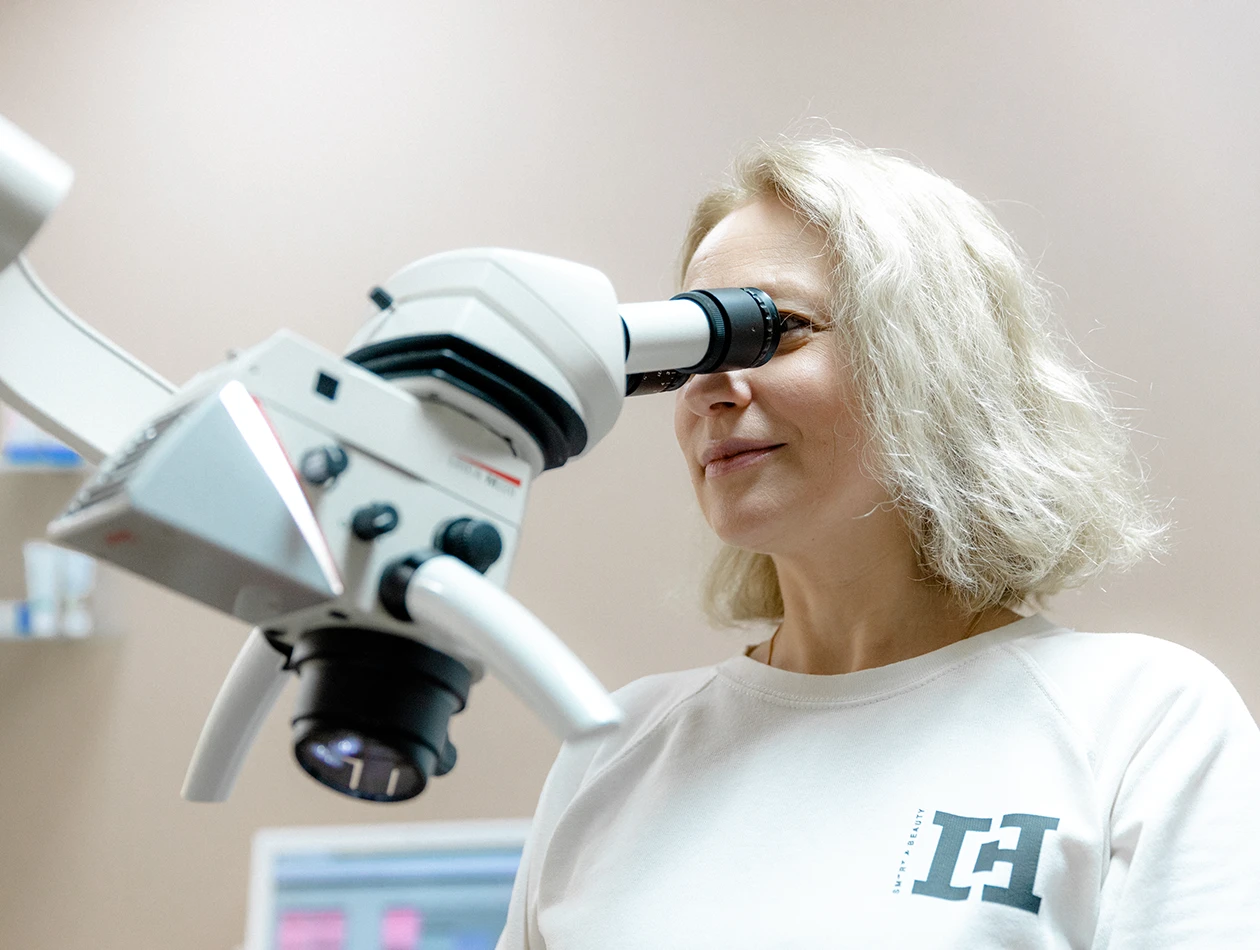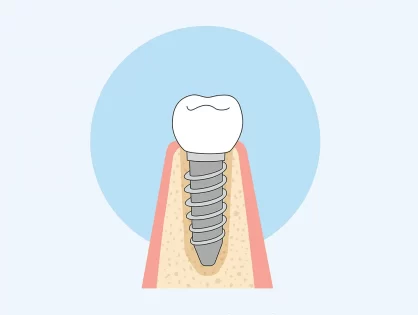Restoration of the teeth is a dental procedure on the restoration of their integrity and ability to perform their functions. The degree and nature of damage to the dentition is different as well as methods of solving these problems. Modern dentistry uses hypoallergenic and wear-resistant materials that allow you to preserve restored teeth for several decades, provided proper oral care.
Indications for tooth restoration
Restoration of teeth is carried out if:
- the crown part of the tooth was damaged due to injury (cracks, chips appeared, but the root remained intact)
- medium or deep caries, pulpitis is noted
- there was a displacement, changes in the position of the teeth, diastems are observed
- previously installed seal fell out.
Not only adults, but also children may need such procedures. Damage to temporary (milk) teeth creates prerequisites for further problems with a permanent dentition: from an increase in the risk of caries to a serious deformation of the bite. Dentists have long come to the conclusion that you need to try to keep baby teeth whenever possible.
Indications for aesthetic restoration of teeth
Aesthetic restoration of teeth is the restoration of the beauty of the dentition, the elimination of its aesthetic flaws. Indications for such procedures may be:
- discoloration of enamel due to tobacco smoking, consumption of drinks and food, causing its darkening;
- spots caused by fluorosis;
- wedge-shaped defect;
- “Tetracycline teeth” – noticeable discoloration and staining after the use of antibacterial medicine;
- hypoplasia (underdevelopment of enamel).
The main methods of tooth restoration
Modern dentistry offers different methods of dental restoration, each of which has its own indications, advantages and disadvantages.
Direct restoration of teeth
Direct restoration is carried out directly in the dentist’s office, can be fulfilled in a single procedure during one visit of the patient to the clinic. These methods do not require manufacturing any dental restoration constructions in the laboratory.
Photopolymer restoration
This is a procedure during which the dentist removes all destroyed tooth tissues (if necessary, conducts endodontic treatment) and restores its shape and surface with the help of a photopolymer material (composite). Photopolymers have a viscous consistency, making them easy to fill carious cavities, and with special lighting it quickly freezes, maintaining strength and wear resistance for a long time. The surface of the treated area is polished.
Advantages:
- nice aesthetic effect
- restoration speed
- maximum preservation of healthy dental tissues
- suitable for restoration of front and chewing teeth.
Disadvantages:
- does not allow to repair serious damage to teeth.

Indirect restoration of teeth
For indirect restoration, removable or non-removable dental constructions are used for prosthetics or microprosthetics of teeth, which are made outside the dental office. Such methods often involve more than one visit to the doctor.
Veneers
These are durable shells that cover the front of the teeth, which have a small thickness and allow you to eliminate significant defects. This type of aesthetic microprosthetics can be direct and indirect (made according to a previously taken dental impressions). Veneers can be composite and ceramic.
Among the ceramic veneers distinguish:
- Е.max (more transparent and aesthetic)
- Zirconium (have the highest strength and wear resistance).
Advantages:
- Various opportunities to restore the aesthetics of a smile
- Ceramic veneers – high resistance to coloring and color change.
Disadvantages:
- The necessity of grinding, which in some cases leads to an increase in tooth sensitivity (hyperesthesia)
- in case of wear out, it is necessary to replace or apply other restoration methods because the teeth were grinded when they were installed
- not recommended to install for bruxism and for patients who are at increased risk of injury.
Inlays and onlays
These are metal, ceramic or composite structures that allow you to restore the side or chewing surface of the tooth if it is half destroyed or on the ¾.
Advantages:
- compared to seals are more durable and wear-resistant
- qualitative restoration of tooth relief and chewing function.
Disadvantages:
- long preparation
- higher cost compared to tooth restoration.
Restoration of teeth with the right choice of methods or their combinations allows not only to preserve the aesthetics of a smile, but also to prevent further destruction of dental tissues, loss of teeth, their displacement, damage to the bite and shape of the face. It also prevents the development of uneven load on different parts of the jaw. Timely visit to a doctor allows you to get the best result and avoid the need for longer and more expensive treatment.
Recommendations for patients after dental restoration
After restoration of teeth to preserve the integrity and aesthetics of the dentition, the patient must follow the recommendations:
- ensure thorough oral hygiene: brushing teeth twice a day, rinsing after eating, flossing
- use non-abrasive toothpaste and soft brush
- avoid physical impact on restored teeth (cracking nuts, crackers, pieces of ice, as well as the habit of cracking hard objects – pencils, pens, etc)
- protect the dentition from injuries
- reduce the use of drinks and products that cause darkening: coffee, tea, red wine, soy sauce, berries
- avoid eating very viscous food (for example, toffee sweets)
- do not eat very hot or cold food and avoid sudden changes in the temperature of dishes or drinks
- it is desirable to abandon smoking
- in case of development of bruxism, you need to use special mouthguards that minimize the risk of tooth damage.
It is essential to regularly visit the dentist for preventive examinations. If symptoms of dental diseases, tartar formation, damage to restorations or microprosthetics appear, you should consult a doctor as soon as possible.



